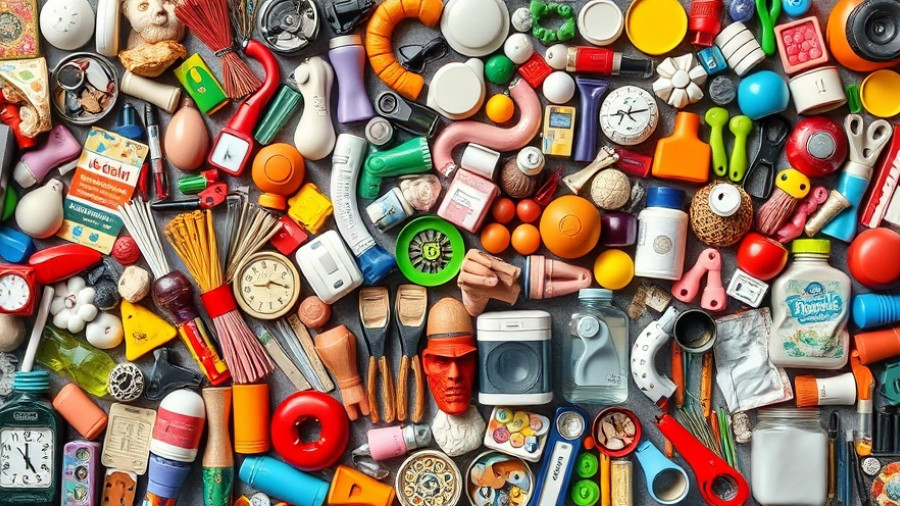
Water-Saving Devices: A Necessity for the Future
With water scarcity becoming an increasingly pressing issue, the UK government is taking steps to ensure sustainable living through new building regulations aimed at reducing national water consumption. The proposed changes promise to revolutionize how homes are built and operated, making them not only more environmentally friendly but also economically beneficial for homeowners. As young London dwellers aged 25 to 55 consider home improvements, understanding these developments could play a crucial role in shaping their future living experiences.
What Are the Proposed Regulations?
According to the Department for Environment, Food & Rural Affairs (Defra), the consultation process focuses on potentially lowering the mandatory water efficiency standards in Building Regulations 2010 Part G2 from 125 litres per person per day (l/p/d) to an ambitious 105 l/p/d. In water-scarce regions, this threshold could decrease even further, to just 100 l/p/d. Aimed at integrating features such as aerated faucets, water-efficient showerheads, and dual-flush toilets, these regulations align with ongoing efforts to prioritize smarter water consumption in new homes.
Embracing Sustainability: Beyond Regulations
As the landscape of home ownership evolves, innovative solutions will be key in adapting to these new regulations. Future advances being explored include using harvested rainwater for flushing toilets, thus enhancing efficiency and minimizing wastage. Such devices not only cater to the new regulatory requirements but also highlight a growing consciousness about sustainable living.
The Economic Benefits of Water Efficiency
Environment secretary Emma Reynolds has emphasized the economic impact of these proposals, stating, "Removing the water shortage barriers that have stalled development for too long will mean unlocking thousands of new homes while saving families money." For young homeowners, this presents an enticing opportunity to invest in properties designed for economic and environmental sustainability, ultimately translating into reduced utility bills and a lower environmental footprint.
Engaging London’s Young Homeowners
This consultation process runs until mid-December 2025, and for residents in London who are intensely following local news and pursuing community engagement, participating in these discussions could be immensely beneficial. By voicing opinions, young homeowners could influence designs and strategies that directly impact their living conditions. Engaging with these proposals not only impacts individual residents but also bolsters community efforts toward sustainability.
Community Insights and Perspectives
As this conversation continues, it's essential to consider various perspectives that enrich the discussion. Many young homeowners may have misconceptions about water-saving devices being overly expensive or technologically challenging. However, as technology advances and public awareness increases, these tools are becoming more accessible and affordable than ever.
What Lies Ahead: Predictions and Opportunities
Looking ahead, the potential exists for a shift in how we view everyday home utilities. The push for sustainability in water consumption is part of a larger trend in eco-friendly home design and smart living solutions. This change could open doors not just for compliance but also for creativity in home improvements. For homeowners in London, embracing new regulations and innovations translates into opportunities to enhance property value and contribute positively to the environment.
Your Role: Get Involved!
With the call for evidence accompanying the regulatory consultation, now is an opportune moment for young homeowners to familiarize themselves with water conservation opportunities. Engage, ask questions, and contribute insights about your preferences and concerns regarding water-saving devices. Your voice matters in shaping a sustainable future!
 Add Row
Add Row  Add
Add 




Write A Comment